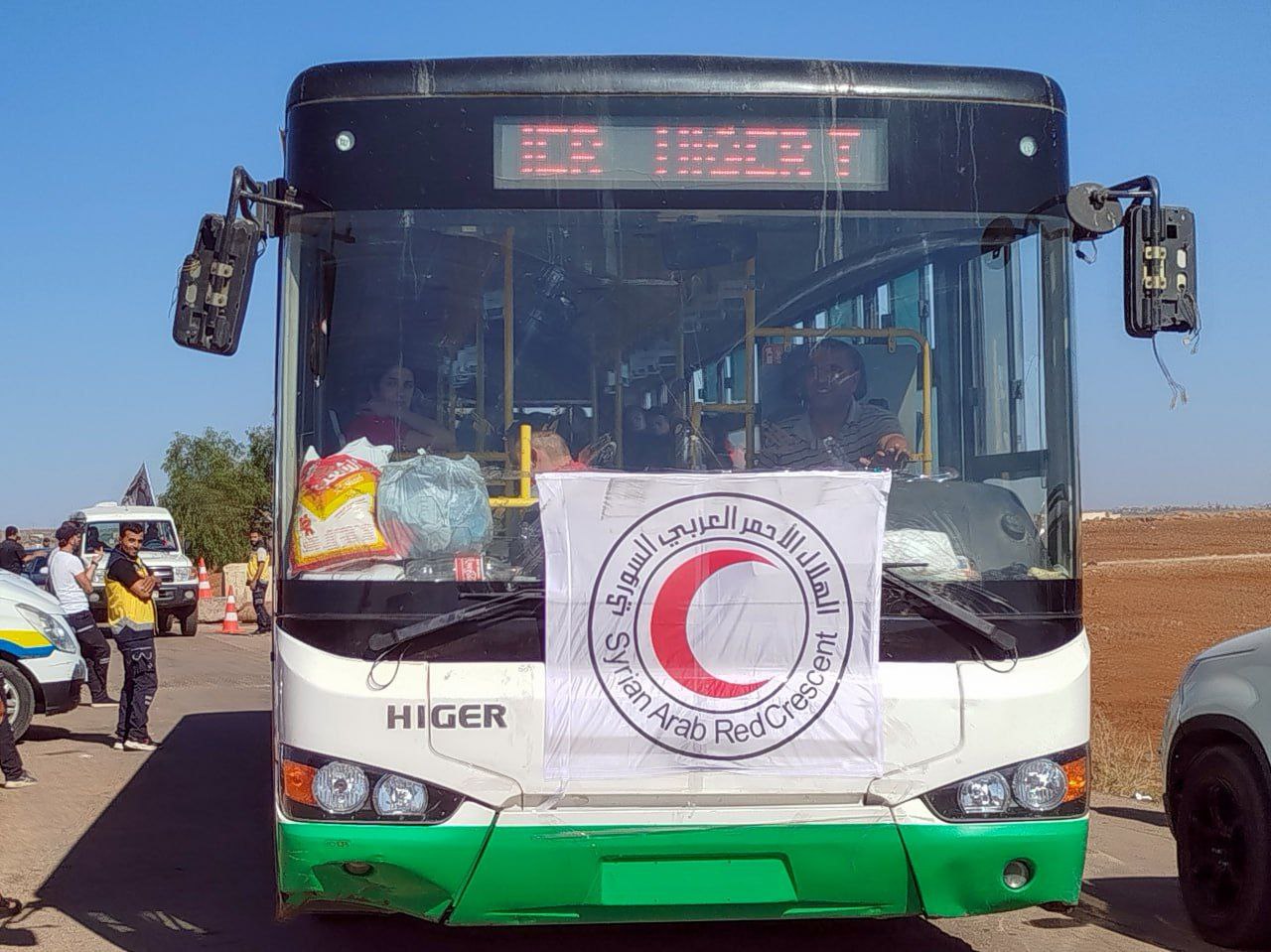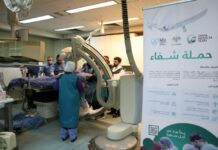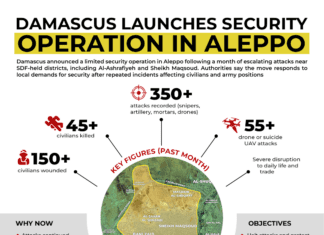
Thousands of residents continue to leave Suwayda Province despite the July 19 ceasefire, ongoing humanitarian aid deliveries, and the absence of regular Syrian army forces, underscoring the severity of conditions in the southern region. Aid workers and residents point to continued instability under sectarian militias loyal to Druze leader Hikmat al-Hijri, a de facto embargo, and foreign interference, particularly from Israel, as driving factors in the crisis.
The UN Office for the Coordination of Humanitarian Affairs (OCHA) reports that since mid-July, over 192,000 people have been displaced from Suwayda to other parts of Syria, including Daraa and Damascus. The exodus continues daily, despite international relief efforts.
Mass Departures Recorded in Recent Days
Monday, Aug. 11, the Syrian Civil Defense said 139 families—555 people, including women and children—left Suwayda through the Busra al-Sham humanitarian crossing into Daraa Province. While 76 families, totaling 308 people, returned the same day, highlighting ongoing two-way movement.
Four days earlier, on Aug. 7, Emergency and Disaster Management Minister Raed al-Saleh reported that over 170,000 people had already fled the province. That day alone, the Civil Defense documented the departure of 358 families (1,433 people) individually, alongside a Syrian Red Crescent convoy carrying 145 families (574 people) out of the province. Only 89 families, or 266 people, returned via the same route.
Departures continued Aug. 8, when 115 families (344 people) left Suwayda individually, joined by 85 families (300 people) in a Red Crescent convoy. Ninety families (350 people) returned, according to Civil Defense records.
Dire Conditions Under Local Militias
Despite daily humanitarian convoys delivering flour, food, fuel, and medical supplies, residents cite worsening shortages, damaged health facilities, and security threats from armed groups as reasons for leaving. Earlier clashes between local factions and tribal members, coupled with targeted Israeli airstrikes, have damaged infrastructure and hindered aid distribution.
The National Hospital in Suwayda remains partially inoperative, and markets face acute scarcities of basic goods. Restrictions on movement, imposed by both armed factions and geographic isolation, have further disrupted civilian life.
Saleh said 84 temporary shelters now house some 33,500 people in Daraa and Sayyida Zeinab, near Damascus, but living conditions remain “difficult” and require sustained humanitarian intervention.
International Aid and Limited Impact
The European Union announced Aug. 8 it would allocate €1.6 million in emergency aid for southern Syria, including Suwayda. The package will fund water, sanitation, hygiene, health care, and protection programs, as well as support for the Syrian Arab Red Crescent.
Still, the steady stream of families leaving suggests relief efforts have yet to address the root causes of displacement. For many, the decision to leave reflects a calculation that security and stability remain elusive under current local governance and amid ongoing regional tensions.
The continuing departures, even under a formal ceasefire and with near-daily aid deliveries, serve as a practical measure of the humanitarian emergency gripping Suwayda.








